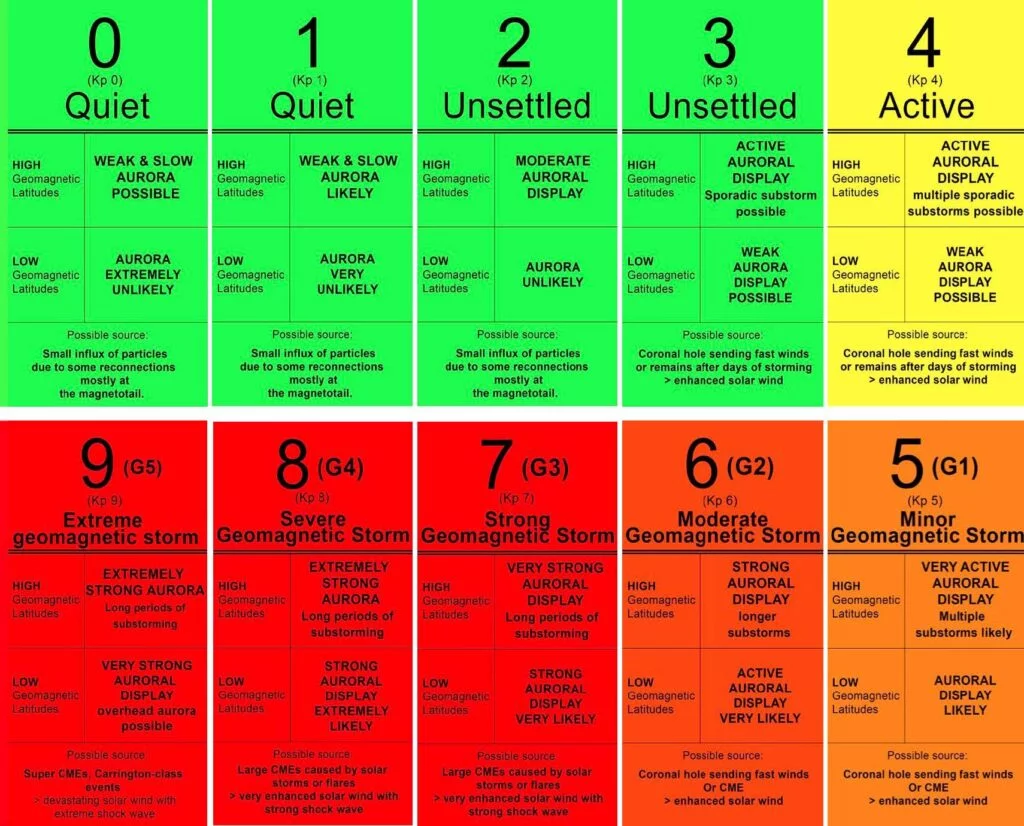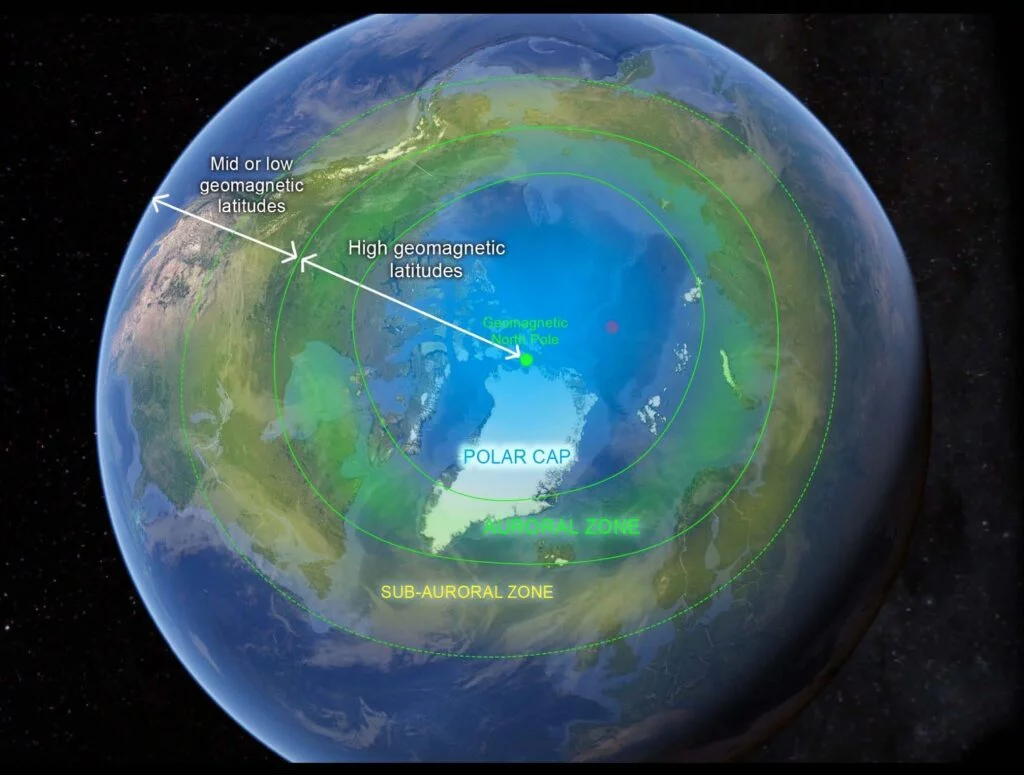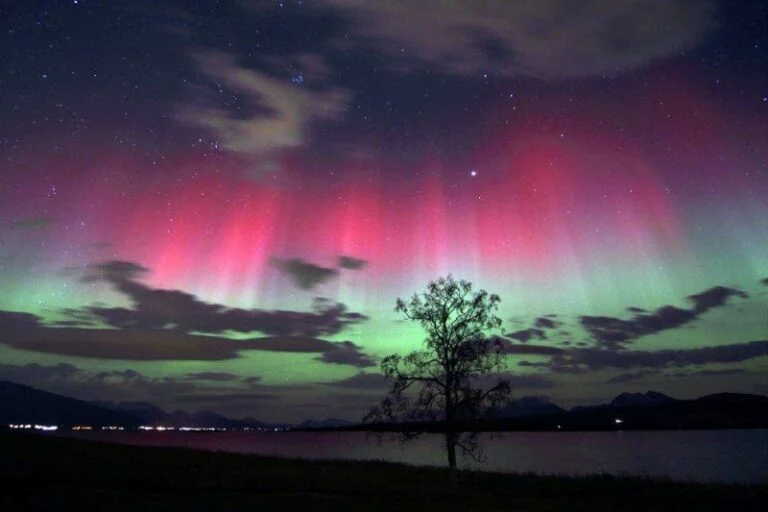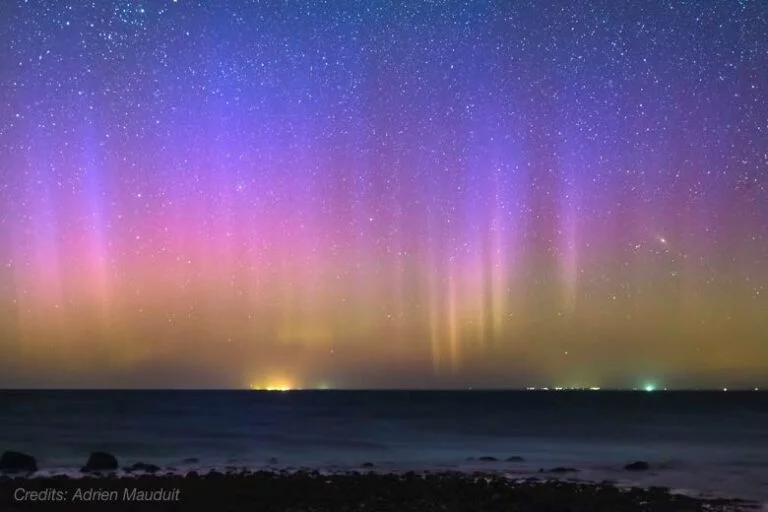The Kp index: any good for aurora chasing?
Are you are acquainted with the aurora? Or do you want to plan a future aurora vacation? Then you might have read or heard about the Kp index….

The need for an index.
When it was first discovered that our Sun is not only responsible for creating aurora on Earth but also for sending us potentially harmful particles in the form of storms, scientists had to find a way to scale and quantify the power of such events. Indeed even if they produce beautiful aurorae, geomagnetic storms can wreak serious havoc on all our electronics and communication systems in the matter of hours. Think about it. Power surges, fires, no communication, no GPS, no phones, no radio nor internet for potentially several days! That’s what a severe storm can do! So assessing the impact of an on-going storm in time can be vital to give enough notice to react. That’s what the Kp index is for!
Where does Kp come from?
Kp comes from ‘K’ as is ‘Kennziffer’ (‘index’ in German) and ‘p’ as in planetary. The Kp index measures the global strength of a geomagnetic event. It goes from 0 to 9, respectively quiet and extreme storm.
There exist several Kp indices used by different organizations but the principle of calculating it remains the same. The real-time measurements of the perturbations of the Earth’s magnetic field during a storm are done at a magnetic observatory. It uses a magnetometer to do it and the result is a local K index. The perturbation measurements from several centers around the world
are sent to a central where they are averaged out into a global K index, the Kp.
Local K and Kp indices give the measure of the biggest disturbance of the Earth’s magnetic field in periods of three hours. You can see this index as sort of a gauge that reaches thresholds and zeroes in every three hour. A local K index gives you the local effect of a magnetic storm while its average, the Kp, gives you the global version. In the figure above, you can see that the local K index in Kiruna, Sweden rose to 5 from 9pm to 12am, which corresponds to a minor geomagnetic storm level. However this global Kp index shown only reached 2. It means that the other stations used to calculate the average did not undergo quite as high perturbations.

The global geomagnetic activity scale.
Based on the Kp index, a standardized global geomagnetic activity scale is often used to describe an on-going event. It’s fairly easy to use as it is color-coded. When the Kp reaches one of these thresholds for a period of three hours, it may lead to the effects noted under each box. Note that the effect at high geomagnetic latitudes is quite different from lower ones, because the aurora is not produced in the same conditions for these two locations. However this scale is merely a rough estimate of what the aurora COULD look like under each Kp number. The experience can be quite different from what is described here, especially for low Kps at high latitudes.
Figure showing you where high and low geomagnetic latitudes are.
The auroral zone corresponds to high geomagnetic latitudes where the aurora is the most frequent. Even during low geomagnetic activity, the aurora often dances in the sky at these latitudes. Just remember the Kiruna K index jumping to 5 (typically meaning nice aurora) whereas the global average was only 2! You typically need more powerful storms corresponding to a Kp of minimum 5 to start seeing some aurora on the horizon at lower geomagnetic latitudes in the sub-auroral zone.
Can I use the Kp for aurora chasing or forecasting?
The short answer is NO. Despite popular belief, the Kp index is not a good source for aurora forecasting and nowcasting. There are several reasons why.
First off, the observed Kp index has a three-hour time resolution. It’s a very poor resolution as the aurora often happens in quick, elusive and sporadic shows, especially around solar minimum. Now some services live-update on their website and social media accounts when thresholds are reached. If the effects of a storm are favorable for a long time, this can be used, especially if you are chasing at low
latitudes. However if you are chasing at higher geomagnetic latitudes, chances are bright aurora shows will have already passed before you get a Kp alert!
Second off, there are several Kp indices that average different local K index stations. They will sometimes lead to significantly different numbers because of the number of K stations they average and where they are located. The more you average, the more precise the Kp is, but the more the ‘local peaks’ disappear. Moreover Potsdam Kp index is heavily weighed towards low latitudes because its stations are located under 60°. Therefore the Potsdam Kp is not very realistic for high latitudes mainly under Kp 5.
Here’s the Potsdam Kp: http://www-app3.gfz-potsdam.de/kp_index/ql_bar.gif (13 stations)
Here’s the NOAA Kp: https://www.swpc.noaa.gov/products/planetary-k-index (5 stations)
Sometimes the different services will provide a Kp forecast for the next hour, 3 days or sometimes month! We cannot stress enough that these forecasts cannot be trusted with certitude. It’s already hard enough to predict whether a solar storm will produce a geomagnetic storm. Consequently giving a precise forecast with precise numbers for precise periods of time is almost impossible. So don’t book an expensive trip based on just these forecasts that tend to be off.

What can I use instead?
The Kp index: any good for aurora chasing? In conclusion the Kp index is not made for aurora nowcasting and much less forecasting. Its prime purpose is to give a rough estimate of the strength of an on-going geomagnetic event with enough notice for electromagnetic system operators. The Kp is also widely used after a storm has passed for records and research.
The best workflow to adopt when aurora chasing is the following. Keep yourself updated on current and upcoming space weather to anticipate potential events. Rely on forecasters that have been in the field for long, ideally scientists in the field of space weather. Here’s one we encourage you to follow: https://www.youtube.com/user/SpWxfx. Give yourself a good margin (1-2 nights cushion). Get ready in the field as soon as it gets dark or at least hours before these events are set to strike. Follow real-time data that will be provided by the same services (solar wind speed, density, Bz, Bt, ovation model). Those will give you about an hour notice to get ready. For precise and timely nowcasting, you’d better use a local magnetometer reading (here’s a good address to find one near your chasing location: http://flux.phys.uit.no/Last24/ ). Finally it’s important to remember to have patience and enjoy the nature. Avoid being disappointed if the aurora doesn’t show up. It remains an elusive natural phenomenon that depends on a lot of factors.

- The Kp index: any good for aurora chasing?
- Check out our own aurora forecast / prediction / trend




